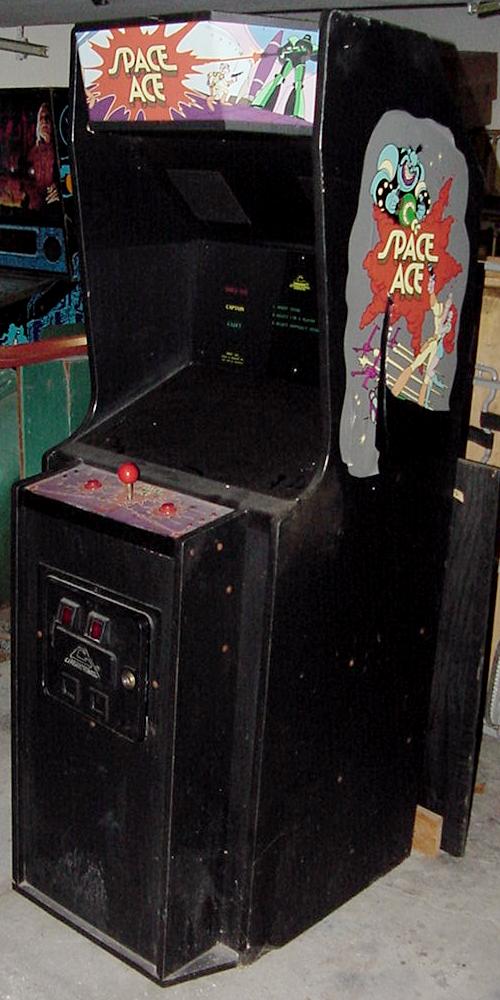
|
Description: Space Ace, Cinematronics, 10/83, animated laserdisc arcade video game. The game interfaces with a Pioneer LD-V1000 (or LD-V1001) laser disc player. Animations are show on the 19" horizontal monitor, and the player must make split decisions to fire, move up, down, left or right. Based on the player's decision, the game instructs the laser disc player to show different animations. This is unlike vector or raster style video games, as the graphics are much richer and cartoon-like in a laserdisc game, as they are actual drawn animations just like a cartoon. (Side note: I can remember seeing huge lines in arcade in 1983 for people to play Dragon's Liar and Space Ace - it was unlike any other video game.) The theme for Space Ace is as follows: evil commander Borf has kidnapped Ace's girlfriend, the beautiful Kimberley, and is plotting to enslave the Earth using his dreaded "Infanto Ray", a weapon that changes everyone it blasts into a helpless nerd (aka Dexter). Armed with only a laser gun, Ace must find and destroy the Infanto Ray, rescue Kimberley, and save the Earth. Don Bluth Studios, RDI Video Systems (formerly AMS) and Cinematronics (together known as Magicom) teamed up to release Space Ace in October 1983, after their first laser disc game "Dragon's Liar". (the first real animation laser disc game). In Dragon's Liar, a brave but sometimes luckless knight named "Dirk the Daring" explored a castle filled with trouble and monsters, attempting to save the lovely Princess Daphne from the evil dragon Singe. "Space Ace" was the second real animation game from the same Bluth team. Space Ace had three main characters: Dexter/Ace (Dexter was the whimpy version of Ace), Kimmy, and Borf. As a new game is started, the player is given the option of different skill levels. "Space Cadet", "Space Captain", and "Space Ace" with the "Cadet" version being the easiest and skipped about half of the animation for the game. The "Captain" version utilized some more of the animation. And the "Ace" version used all the animation on the laser disc. For the animation of Space Ace, models were made of Ace's Starship and his motorcycle. They were then filmed, traced over, and painted. They also built a large scale tunnel so a camera could move through it for the dogfight sequence. To keep the cost down, the Bluth team decided not to hire professional voice actors. Instead they all pitched in and did the voices themselves. Animator Jeff Etter was the voice of Ace and storyman, animator Will Finn was the voice of Dexter. Animator Lorna Pomeroy (wife of Co-Producer, John Pomeroy) was the voice of Kimmy, and Don Bluth was the voice of Borf. The narrator was Michael Rye and the musical score was created by Christopher Stone. In 1991, the Leland Corp. re-released Space Ace as a conversion kit for Dragon's Lair II. This version was a little different because they added diagonal moves in quite a few places which made it a bit harder to play. Also, the "cadet" and "captain" skill levels were dropped so you could only play the "Ace" skill level. Don Bluth worked for Disney studios in Burbank after he graduated from high school. He initially worked in the animation department as an In-betweener (someone who does the drawings in between the Animatorís key drawings to complete a movement) from 1955 through 1956 on the classic picture Sleeping Beauty. Bluth enrolled at Brigham Young University in 1957 studying English Literature. During this time he continued to work during the summers for Disney. After graduating he worked in live theatre as a director and producer. In 1971, Bluth returned to the Disney Animation Department as an Animator. He was promoted in 1973 to Directing Animator, followed by Director of Animation, and the following year he became a Producer/Director. From 1971 to 1979 Bluth worked on many well-known Disney animations including Robin Hood (1973), Winnie the Pooh and Tigger Too (1974), The Rescuers (1976), Peteís Dragon (1977), and The Small One (1978). In early 1979, Bluth, and his friend Goldman and Pomeroy were approached about a feature film using the classic animation style that Bluth, Goldman and Pomeroy (also Disney animators) had been working on in their spare time. In September 1979, he and his partners resigned from Walt Disney Productions to start their own independent production company. For their first feature film they selected Robert C. O'Brienís award-winning novel Mrs. Frisby and the Rats of NIMH. In 1982 they completed this feature called "The Secret of NIMH". With the introduction of the new laser disc technology in 1983, Bluth and partners created the first interactive laser disc game called "Dragon's Lair". In 1984, they began work on "An American Tail", in collaboration with Steven Spielberg. In 1986, they moved their studio and employees to Dublin, Ireland. Under the Don Bluth name, Bluth has created many prestigious animated films and laser disc video game projects including Banjo the Woodpile Cat (1979), an animated sequence in Xanadu (1980), The Secret of NIMH (1982), Dragonís Lair video game (1983), Space Ace video game (1983), An American Tail (1986), The Land Before Time (1988), All Dogs Go To Heaven (1989), Dragonís Lair II-Time Warp video game (1989), Rock-A-Doodle (1990), Thumbelina (1993) and A Troll In Central Park (1993). See a MPG movie trailer for the game Space Ace here (11 meg).
|
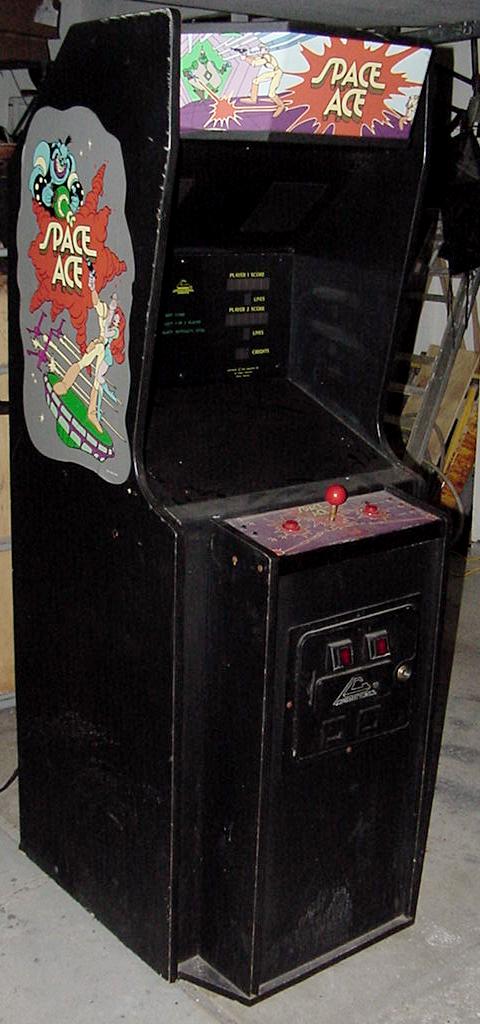

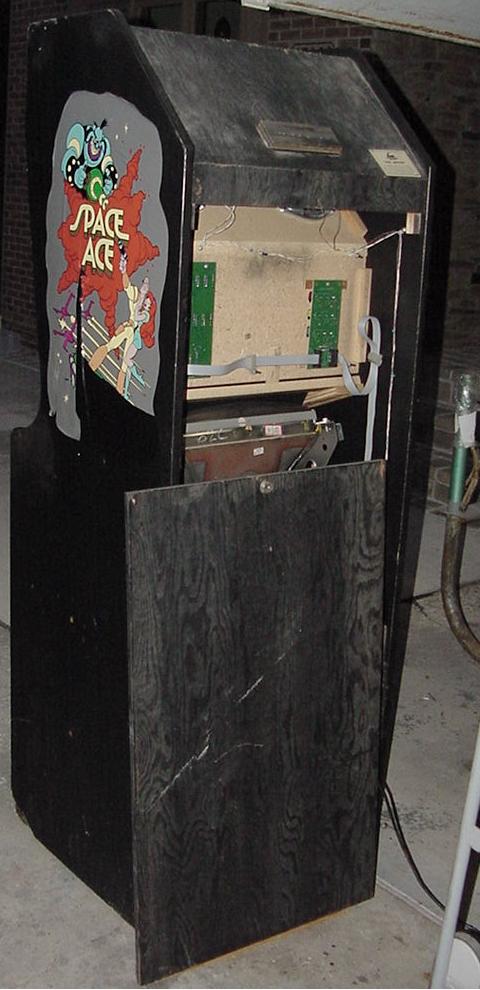
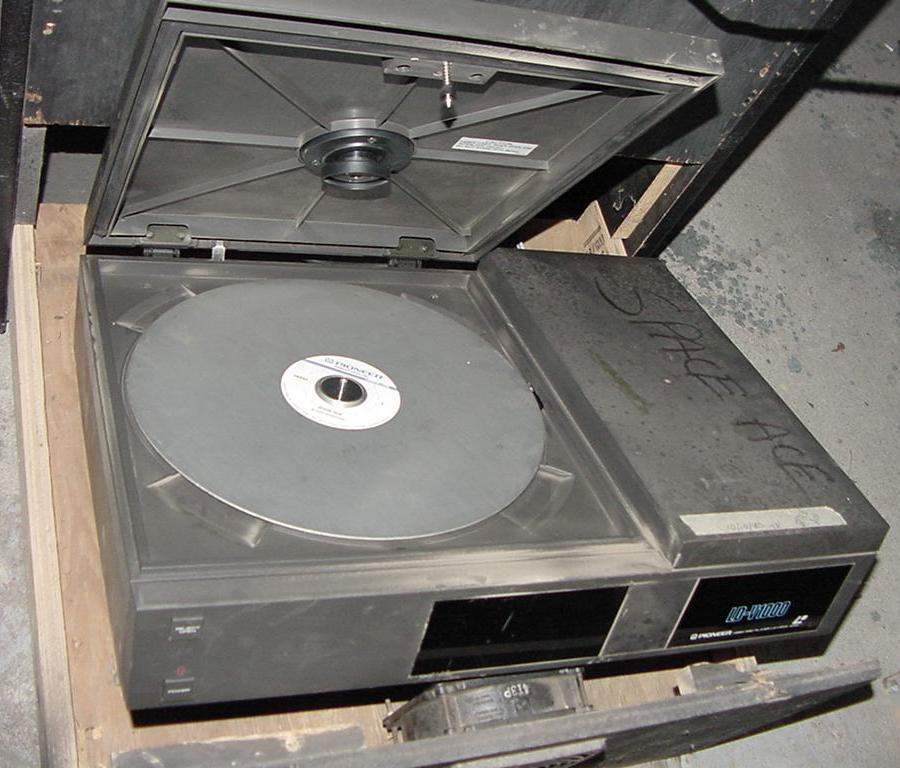
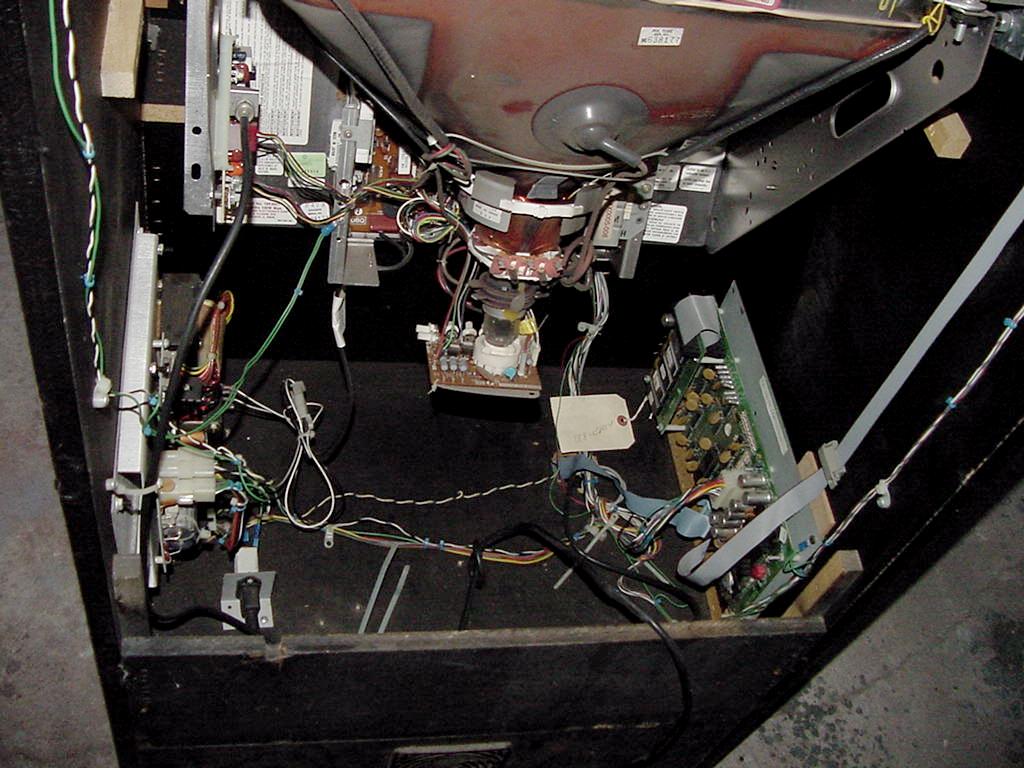
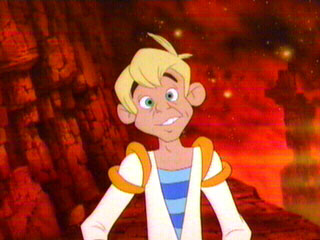
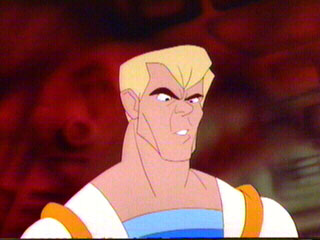
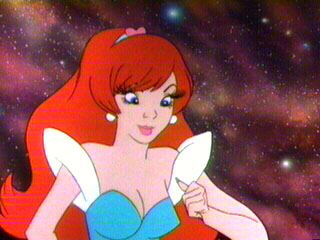
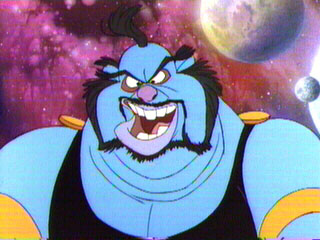
|
* Email the collector cfh@provide.net * Go to the EM Arcade History index * Go to the Pinball Repair/History index |